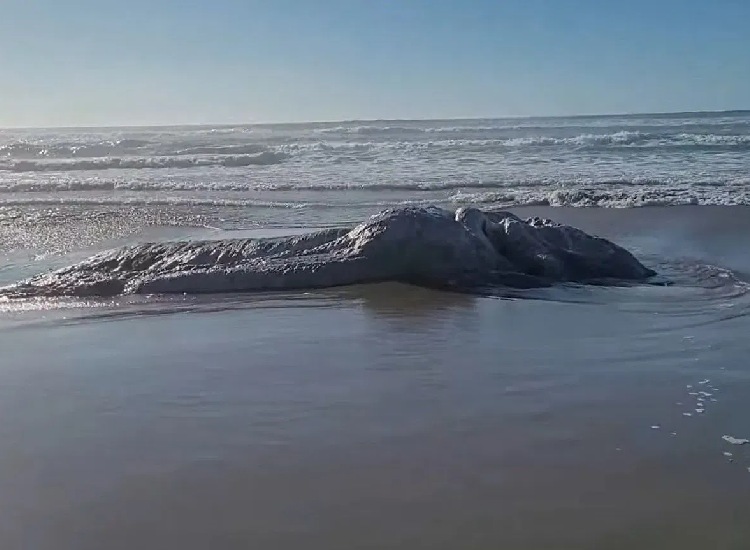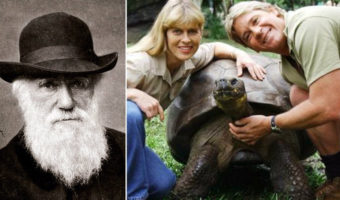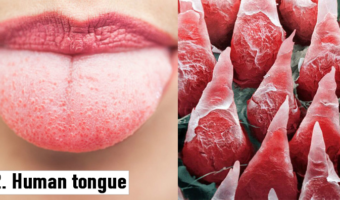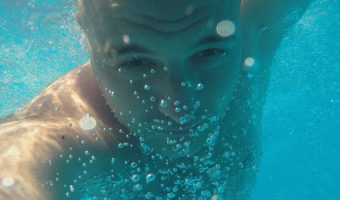Globsters or Sea Monsters? The Real Story Behind These Mystery Creatures!
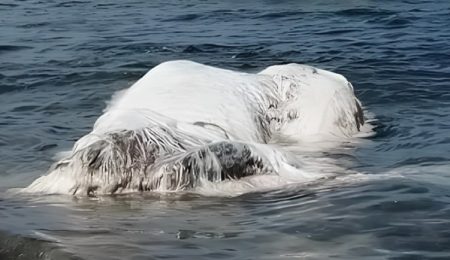
Every so often, bizarre, mysterious sea creatures wash up on our shores, piquing fear and curiosity among the beachgoers and the public. Many regard them as harbingers of doom, inspiring, daunting stories about mythical sea monsters emerging from the ocean’s depths. Therefore, when a gigantic 20-foot-long carcass, weighing over 4,000 pounds, appeared on a beach in Oriental Mindoro, Philippines, in 2018, it sparked panic and rumors of an impending earthquake in the region. This sea carcass was referred to as the “Globster,” much like many other blobs that wash up on the shores around the world.
But what exactly is a “Globster”? The name was coined as early as 1962, which means that unidentified sea blobs or similar creatures have appeared earlier as well.
Let us go deep-sea diving and unravel the mystery of the “Globster” to know what it really is.
A Deep-Sea Monster or a Glob Lump: What Exactly is a “Globster”?
One day Scholars will locate the theological works of the St. Augustine Monster pic.twitter.com/rPd7VzrD8U
— El infame Sergacabra (Artisanal Wokesmith) (@TheeFantomas) March 4, 2019
In 1960, a massive, mysterious creature washed up on the shores of a remote beach in Tasmania. It was 20 feet long, 18 feet wide, over 4.5 feet thick, and weighed about 10 tons. Without visible eyes, a head, and a body shape, it looked like a scary creature without bones, baffling everyone who saw it. According to the 1962 issue of “The Mercury,” this sea monster was as big as a house and covered with fine hair. It had several fleshy protuberances and strange hairy bristles on the entire body.
Ivan T. Sanderson (1911-1970) was a British biologist from Scotland, famous for his writings on cryptozoology (study of unknown animals) and the paranormal. He coined the term “Globster” while referring to the Tasmanian monster. Since then, any blob or unidentified mass of marine flesh that washes up on the shores and cannot be immediately identified is considered a “globster.”
References of globsters date back as early as 1896 with the St. Augustine monster of Florida. It washed up on the shores near St. Augustine and was believed to be a giant octopus. But most globsters are, in reality, decaying flesh in various stages of decomposition. Before the world knew this, globsters were simply sea monsters!
Massive Globsters that Have Washed Up on Shores over the Years
There have been quite a few famous globsters that have captured the world’s attention over the years. The “Trunko” in 1924 was a huge white mass that washed up in South Africa and inspired the newspaper headline “Fish Like A Polar Bear.†The witnesses said that they had seen the creature a few days back, battling killer whales for hours before finally succumbing.
The “New Zealand Globster” washed up at Muriwai Beach in 1968 and measured 30 feet in length and 8 feet in height. Mysterious blobs also made two appearances in Bermuda, once in 1988 and again in 1997. The fisherman who discovered the “Bermuda Blob” in 1988 described it with five outstretched limbs and looked like a disfigured sea star.
There was also the “Nantucket Blob” in 1996, the “Four Mile Globster” in 1997, and the “Chilean Blob” discovered in 2003. In fact, in February 2017, a similar mysterious “hairy” blob washed up on the shores of Dinagat Island in the Philippines, leading to widespread stories about dead monsters from the ocean’s depths!
Debunking the Myth: Scientists on What Globsters Really Are!
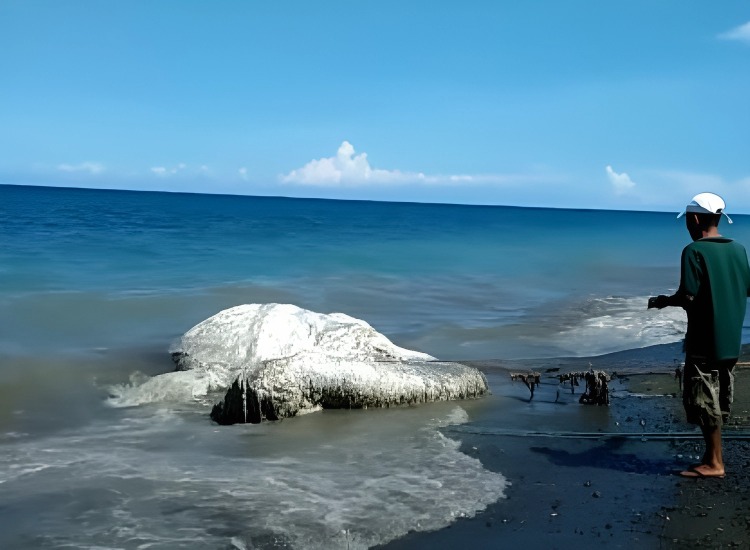
In modern times, cutting-edge DNA technology has destroyed the dreams of cryptozoologists and their fascination with sea monsters that probably do not exist. Today, most globsters have been scientifically identified and revealed to be decomposing parts of dead whales upon genetic analysis.
The ocean can affect a dead animal in innumerable ways, with some parts breaking down faster than others. Connective tissues are less appetizing due to their strong protein composition, and they endure longer. Leading to their eerie appearance over time. According to Lucy Babey, the head of science and conservation for the animal charity Orca, the six-meter blob found in the Philippines is probably the carcass of a dead whale in later stages of decomposition. Storm surges or earthquakes may have washed up the dead animal to the shore.
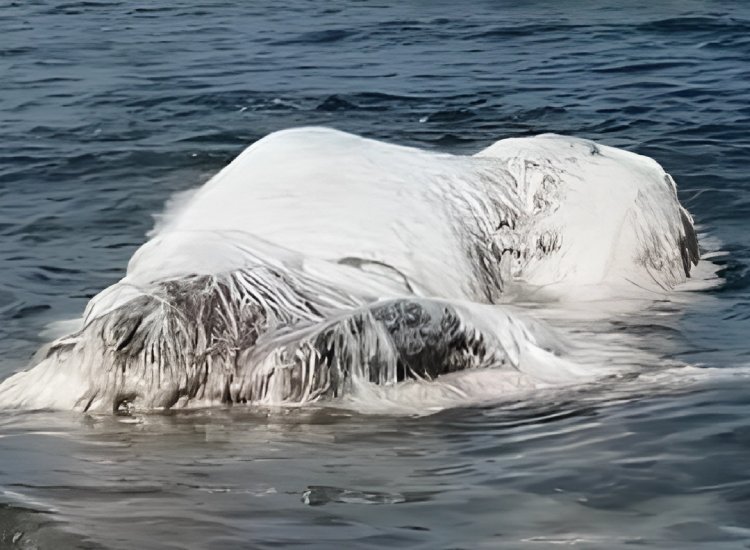
Later, scientists also identified the “Tasmanian Globster” as whale collagen. Nicholas Higgs, the deputy director of the Marine Institute at the University of Plymouth, affirms that in all “hairy” globsters, the “hair-like” strands consist of remnants of muscles and blubber, with the connective tissue between them typically remaining tough, resulting in a frayed appearance resembling hair.
“Globsters,” a term usually associated with mystery and the thrill of the unknown, has somewhat lost its charm today due to the revelation that they are mostly decaying dead whales. But, it is also true that if tomorrow, another globster washes up on a seashore, it will still be an incredible sight to behold! And who knows, we may have another sea monster in the making!














